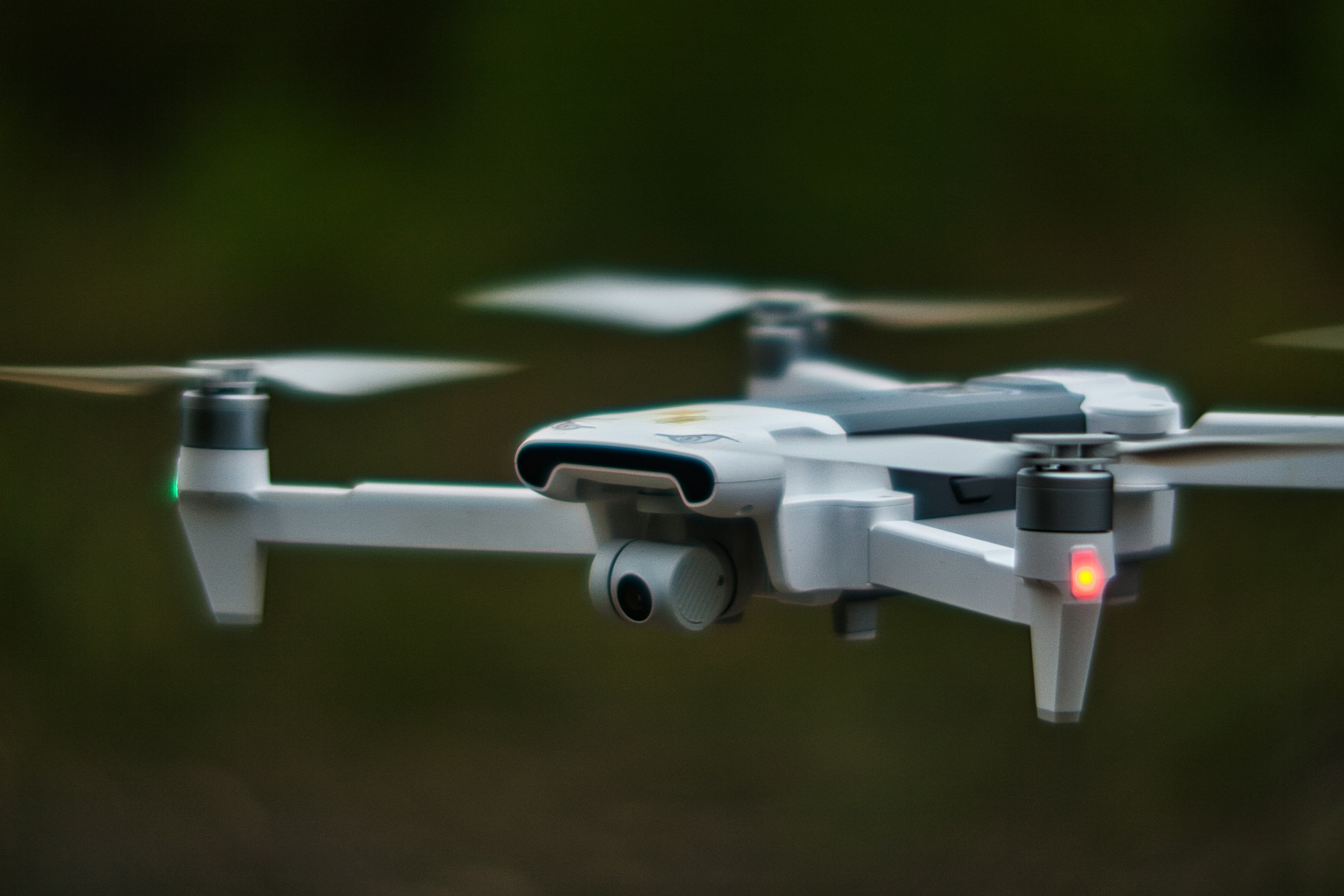Senior Aerodynamicist
Location: Oxford, Hybrid, flexible working hours
An innovative client decarbonising the aviation sector is looking for Senior Aerodynamicist to join their team.
You will be part of a friendly and welcoming team of passionate innovators, every single one making a real difference in the path towards the dream of clean, sustainable flight. We encourage healthy work-life balance by supporting flexible working hours and hybrid working from home. During times of testing there will be on-site requirements.
The successful candidate will be part of the design, development, integration and testing of VTOL drone flight control systems and hybrid energy distribution systems. The systems will need a control interface with the telemetry to monitor power electronics, power sources, sensors and motor invertor. You will be working on some cutting-edge technology!
Benefits:
• EMI share options
• 25 days + bank holidays (+1 per year of service up to a maximum of +5)
• 5 days carried forward, used within 6 months
• Enhanced sick leave
• Enhanced paternity/maternity leave
• Salary sacrifice pension scheme +5% company contribution
• Private Medical Insurance
• Group Life Insurance
• Group Critical Illness Insurance
• Group Income Protection Insurance
• Cash Plan for dental, optical etc.
• Employee Assistance Programme
• Up to £400/year reimbursement of professional registration fees
• Cycle to work scheme
• Shopping discounts
• Visa sponsorship and costs covered
Job summary
As Senior Aerodynamicist, you will play a pivotal role in advancing the aerodynamic design
and analysis of novel aerospace turbomachinery architectures. Your work will involve
developing solutions using preliminary design codes, computational fluid dynamics (CFD) and
lab-scale validation testing to enhance overall system performance. This role requires
extensive experience in turbomachinery design, aerodynamic optimisation, proficiency with
industry-standard tools, and the ability to lead projects from concept through to validation.
Your responsibilities
• Lead aerodynamic design and optimisation of turbomachinery for aerospace systems.
• Design and develop compressors and turbines, from initial sizing through to testing.
• Conduct CFD simulations using software such as Ansys Fluent or OpenFOAM.
• Plan, manage, and execute turbomachinery testing.
• Analyse aerodynamic data to validate models and improve designs.
• Collaborate with multidisciplinary teams (e.g., propulsion, structures, control systems).
• Ensure designs comply with applicable aerospace regulations and standards.
• Provide technical leadership, mentorship, and guidance to junior team members.
• Support the development of proposals for funding and new projects.
Selection criteria
Essential
• Master’s Degree or higher in Aerospace Engineering, Aeronautical Engineering,
Mechanical Engineering, or a related field.
• Minimum 5 years combined academic and industry experience specialising in
aerodynamics.
• Proven experience in aerodynamic modelling and optimisation of turbomachinery
(preliminary design, CFD and testing).
• Proficiency in CFD tools such as Ansys Fluent or OpenFOAM.
• Hands-on experience with experimental validation.
• Strong understanding of performance factors and their influence at system level.
• Excellent analytical skills, attention to detail, and ability to communicate technical
results clearly.
Desirable
• PhD in Aerodynamics or related discipline.
• Experience with radial and mixed flow turbines and compressors.
• Experience managing aerodynamics projects or teams.
• Familiarity with additive manufacturing processes applied to aerodynamic
components.
• Knowledge of aerospace standards (e.g. DO-160G).
Application Questions
Are you comfortable commuting to this job’s location?
Have you completed the following level of education: Master's Degree?
How many years of combined academic (e.g. PhD) and industry experience do you have?
Do you have hands-on experience designing, building and running compressor and turbine experiments?


